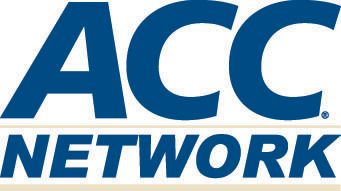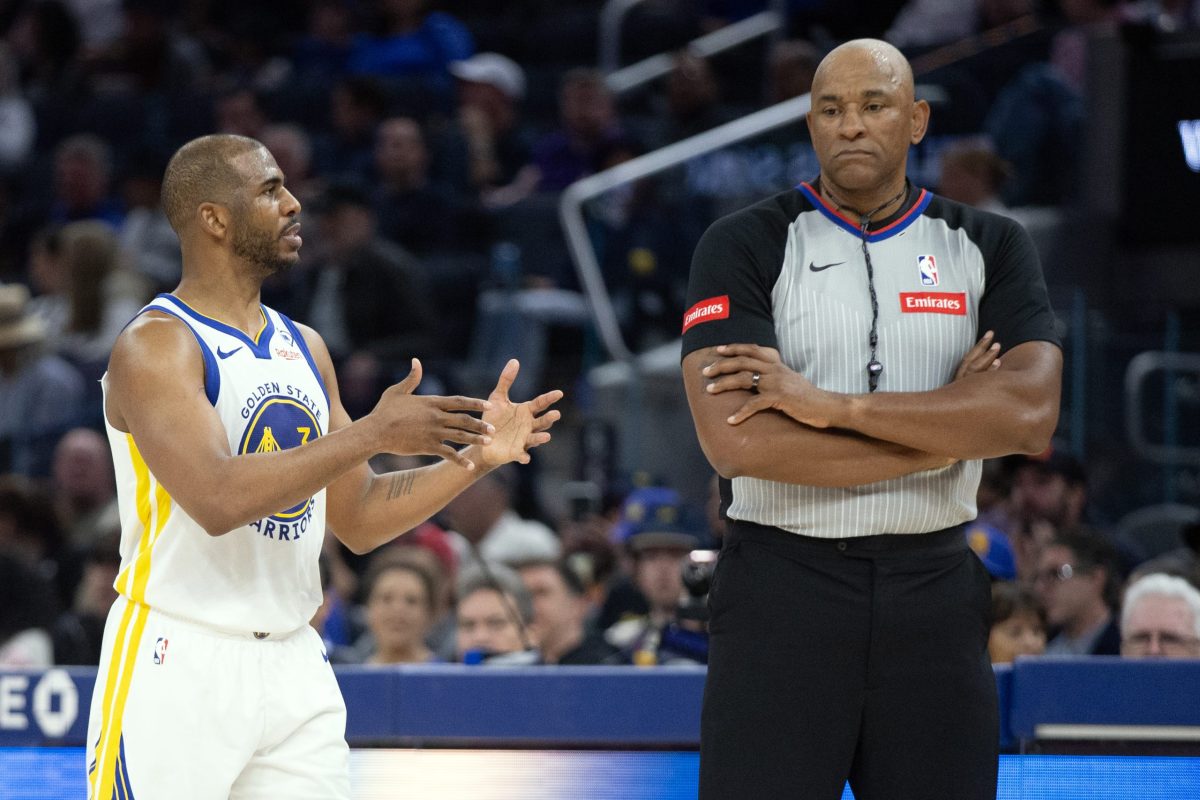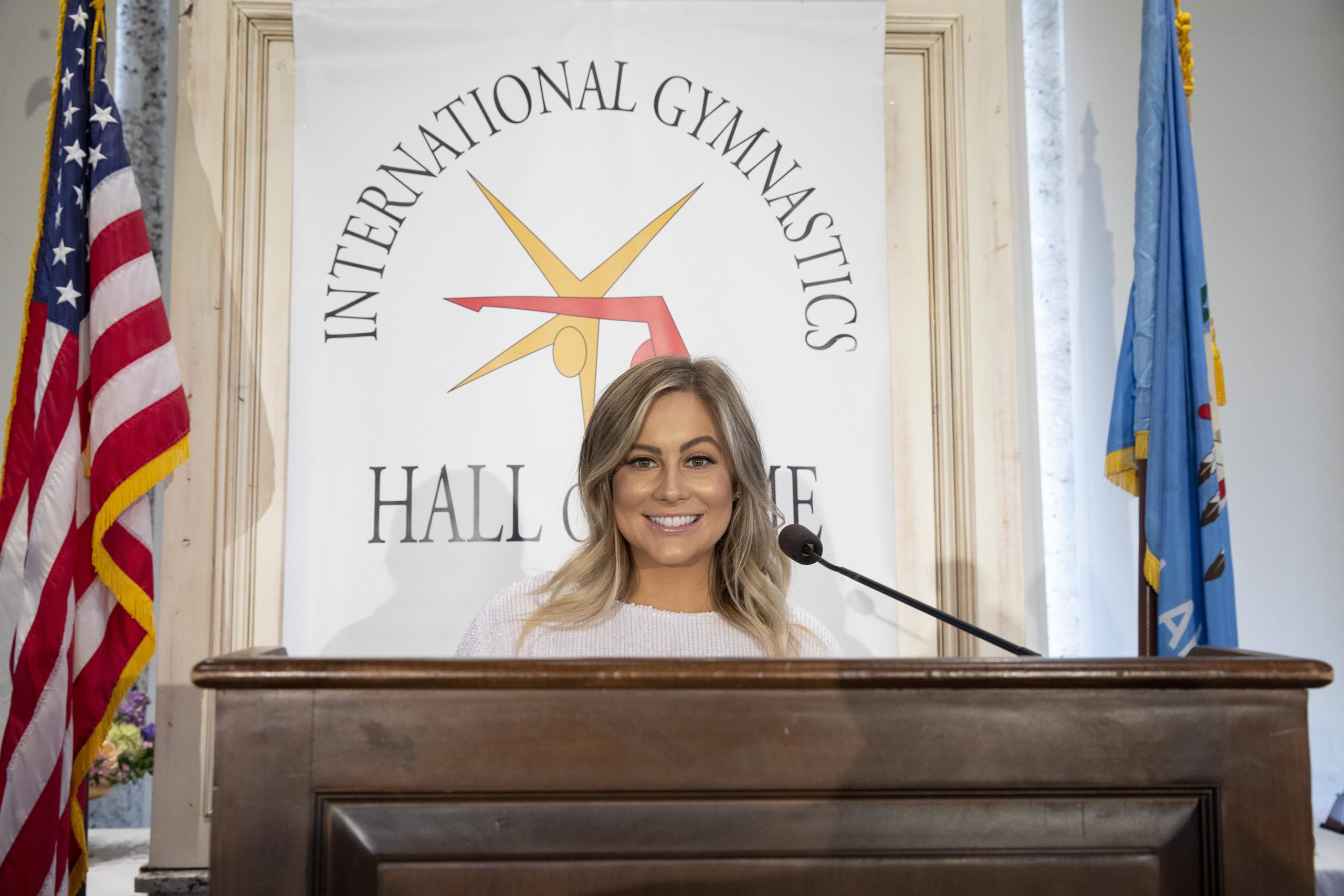The Big Ten Network took the lead in the race to establish a conference network, quickly establishing a polished product, one which has been sustained to this day. The Big Ten has benefited greatly from its conference network, and other leagues noticed.
The SEC Network, though only one year old, has immediately begun to fatten the league’s coffers and generate substantial revenue streams for its member schools. The demand for SEC football made the launch of the network a natural, and the results flow in accordance with that basic expectation.
In the Pac-12, the story is different, though not necessarily with a grim long-term outlook. The short-term picture is not exactly comforting or reassuring for commissioner Larry Scott. Yet, Scott is not relying on short-term maneuvers here. Student Section football columnist Allen Kenney — writing for Awful Announcing in early March of this year — outlined the big picture for Scott and the Pac-12 here. Because the Pac-12 fully owns the Pac-12 Network, it won’t split revenues with other broadcasters or outside parties. It might not fetch the same amounts of dollars in the next cycle or two of negotiations for rights fees, but those deficits will be partly compensated for with more retention of revenues.
Moreover, amid worries about cord-cutting, a la carte cable, and other potential shifts that might arrive in the cable sports broadcasting 10 to 15 years from now (perhaps a little bit sooner — who knows?), the Pac-12 could see its standing improve to a considerable extent. That, at least, is what Scott is counting on. In uncertain times, full ownership of a league network with one main channel and various regional extensions of it (Pac-12 Mountain, Pac-12 Bay Area, Pac-12 Los Angeles, Pac-12 Oregon, etc.) might not be the worst long-term setup.
The ACC and commissioner John Swofford are taking in all these realities and considering how to make their entry into the conference network game.
*
Yes, the ACC has a robust basketball brand and a steadily improving football brand. It is also in the Eastern time zone, so it doesn’t have the headaches the Pac-12 must confront every football season. ESPNU has studios and facilities in Charlotte, the heart of ACC country. One would therefore think that the ACC Network, once it launches, will partner with ESPN to some extent. This won’t be a Pac-12 model in its entirety.
Yet, given the reality of a large conference (14 schools for football, 15 for hoops), with splits between football schools (Florida State, Clemson, Georgia Tech) and basketball schools (Louisville, North Carolina, Duke, Virginia), the ACC Network wouldn’t be identified with only one sport the way the Big Ten and SEC are with football — at least not to the same extent. The league has to think long and hard about how it wants to assemble and distribute the full infrastructure of the network. A collection of regional channels in addition to a main ACC Network channel might merit consideration. (They might not.)
The main point: This is going to take time. This article by Kevin McGuire of College Football Talk (also a Student Section contributor) delves into the tension points facing the ACC Network.
A number of well-connected people who regularly follow the league for a living — radio hosts in North Carolina and Louisville, for example — are paying close attention to ACC Football Media Days this week. Local chatter and behind-the-scenes conversations are leading these observers to think that 2017 is the likely launch date, though that’s a preliminary assessment:
RE: ACC channel. Industry folks I’ve talked to seem fixated on 2017.
— Joe Ovies (@joeovies) July 20, 2015
Same. RT @joeovies: RE: ACC channel. Industry folks I’ve talked to seem fixated on 2017.
— Mark Ennis (@MarkEnnis) July 20, 2015
The Big Ten, Pac-12, and SEC needed to launch their networks when they did. It’s hard to look at any of those three launches and conclude that any of those leagues did not pick the right time. Even the Pac-12 — lagging behind the Big Ten and SEC in terms of revenues — has seen the caliber of its football coaches rise markedly since its own network was created.
Now, the ACC is making sure it launches at the right time. Not wanting to rush — given all the fluctuations in the broadcasting industry — is an appropriate and prudent inclination.








Comments are closed.